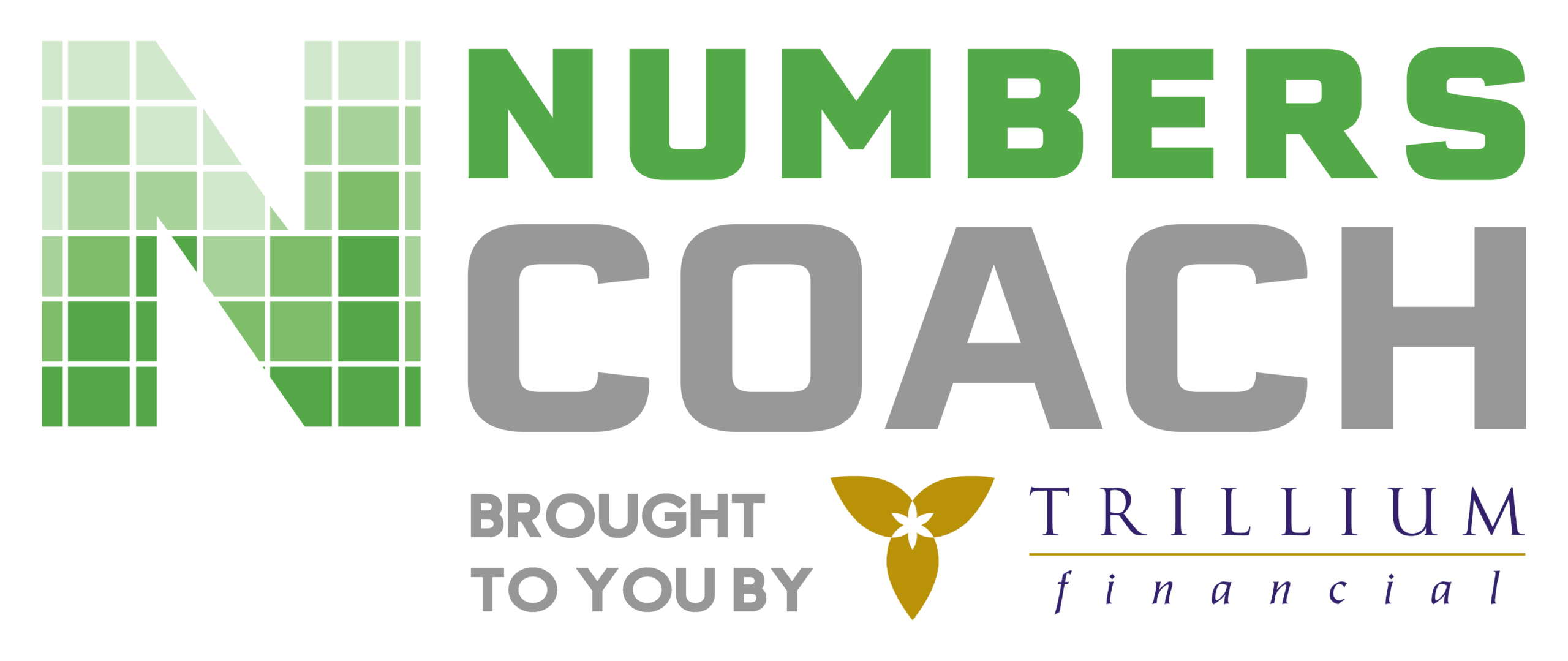by Michael Iverson
Running a business is difficult enough when you have a good grasp of your cost structure. If you don’t understand the relationship between your fixed and variable costs, achieving financial success in your business will be challenging. Let’s take a closer look at these costs and what they mean for your business.
A fixed cost, simply stated, is a cost that is incurred whether you generate $1 of revenue or not. For example, building rent is typically a fixed cost. A landlord charges a flat fee per month for use of a property. The rent amount will be the same whether a company sells $1 million worth of goods and services or nothing at all. Other examples of fixed costs include insurance, equipment leases, and non-hourly administrative salaries.
A variable cost is incurred as a function of generating revenue. If you do not sell no product or service, you don’t incur this costs. You begin to incur variable costs as you generate revenue. Variable costs include direct hourly labor related to the provision of a service or the manufacture of a product. It can also include sales commissions paid, the cost of raw materials, distribution costs, and utilities expenses related to manufacturing activity.
Metrics You Should Know
Average fixed costs—Identify and quantify the fixed costs associated with running your business, and calculate the average fixed costs for a month. Monthly averages typically work well because some businesses have a degree of seasonality to them. In the example below, Acme Company had average monthly fixed costs of $241,891 for the year 2013.Average variable cost as a percentage of sales—Simply divide average variable costs for the period by sales for the period to calculate this percentage. If Acme Company had average monthly variable costs of $341,985 and average monthly sales of $856,803, its average variable cost as a percentage of sales is 39.9%.
Break-even point—The sales level at which Revenue equals Total Costs is known as the break-even point. As the term “break-even” implies, Profit is zero after you subtract all of your variable and fixed costs. It can be expressed as the equation:
Revenue – (Total Variable Costs + Total Fixed Costs) = Profit
It’s important to know your breakeven point so you understand at a minimum how much in sales volume you need to generate just to begin to make a profit. Let’s apply the principle to our Acme Company example:
Avg. monthly sales $856,803 x 12 mo.= $10,281,636 Annual Revenue
Total Variable Costs = $2,902,696
Total Fixed Costs = $4,103,820.
$10,281,636 – (4,103,820 + 2,902,696) = $3,275,120
In this example, Acme Company earned a healthy profit of $3,275,120 for the year 2013. To determine the break-even point, we want to find the sales level where profit equals zero. By definition, fixed costs are static no matter the level of sales. We know the variable costs as a percentage of sales are 39.9%, or .399 for purposes of our equation. We solve for the unknown figure, Sales:
Variable expenses / (1-.399)= sales required for breakeven $2,902,696 / (1-.399) = $4,829,777
The break-even point is $4,829,777 of sales revenue. Acme Company must generate this level of sales before it can start generating profits for the year.
Managers find it helpful to know the break-even point for purposes of business planning. The break-even point is a basic, but important, business metric. Once a manager becomes familiar with this relationship, he or she gains an understanding of how much the business can expand before adding more capacity—which means adding higher level of Fixed Costs.
If you would like help in finding your business’s break-even point, contact us. We’re here to help!
